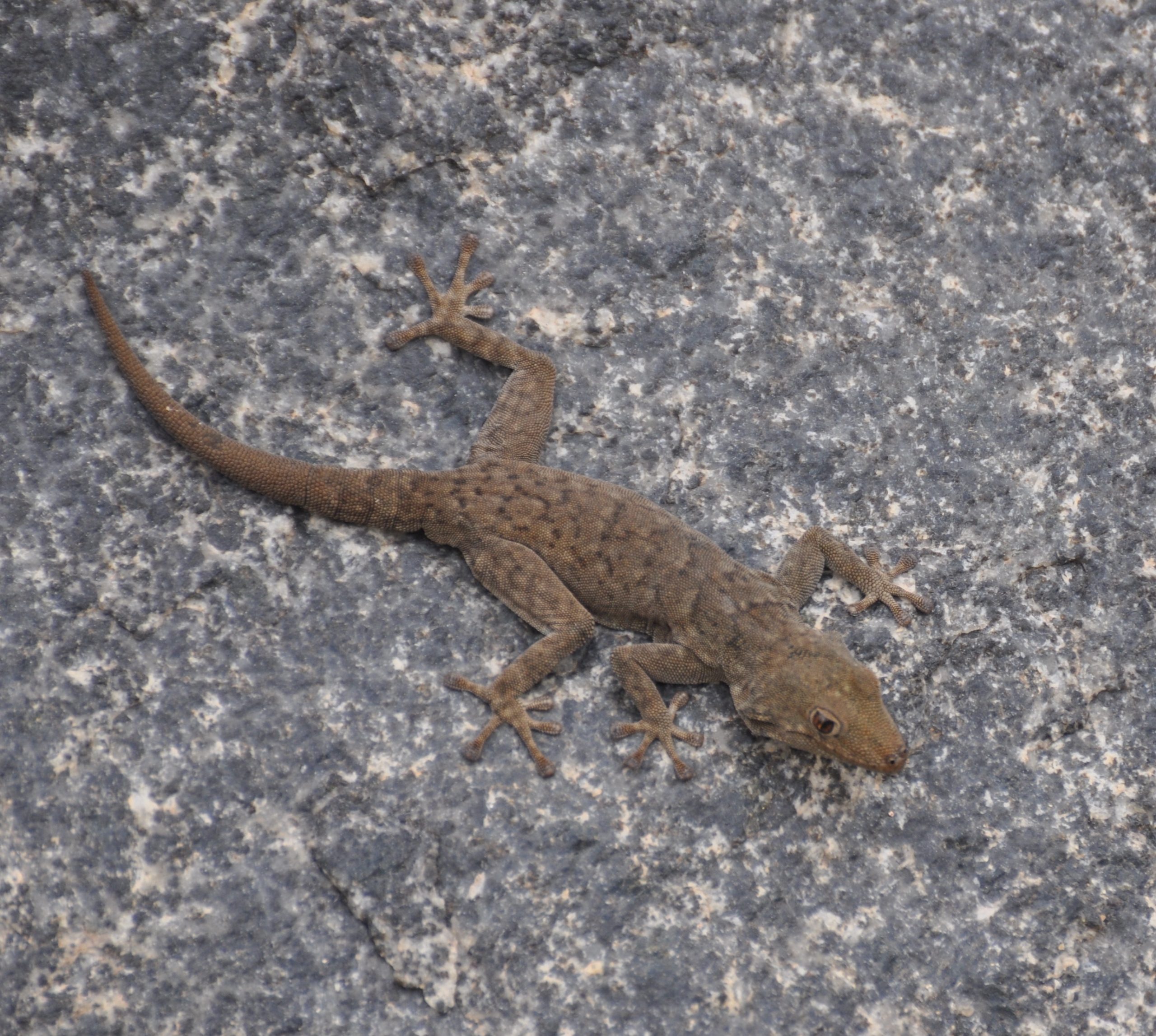Dynamic adhesive locomotion in geckos: ecology, energetics, and biomechanics
Timothy E Higham
University of California, Riverside, USA

Lizards display an incredible range of locomotor ability across an array of surface parameters, including variation in roughness, compliance, inclines/declines, curvatures, obstacles, gaps, and other habitat transitions. Because of this, they have become a model system as fast and small vertebrates that can maintain dynamic stability in the face of significant perturbations. In some cases, morphological innovations facilitate the ability to deal with challenges in nature, such as the adhesive system of geckos. In this case, geckos can access smooth and vertical areas of the habitat that other animals cannot. However, what is known about geckos is primarily from laboratory studies of static adhesion. There is a paucity of information about the surfaces on which geckos move, how geckos actual move in their natural habitat, and how the adhesive system is controlled during running. Additionally, the energetic costs of running with an adhesive system are poorly understood. Fundamental questions that remain include 1) How does a dynamic adhesive system influence the energetics of climbing in nature? 2) what are the detailed movements/biomechanics of geckos in complex natural habitats, such as forests? 3) how does sensory-motor integration play a role in deployment and detachment of the adhesive system? 4) How is locomotion influenced by micro- and nano-level interactions between a gecko’s adhesive system and the surfaces on which it moves? I will address these questions and generate a roadmap for future work, including testable hypotheses. The results of such studies will be instrumental in the development of small robots, understanding the evolution of fast locomotion in small ectothermic vertebrates, and understanding the energetic costs of moving in complex habitats.









You must be logged in to post a comment.